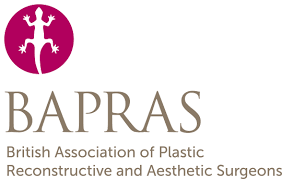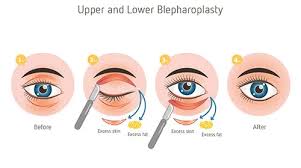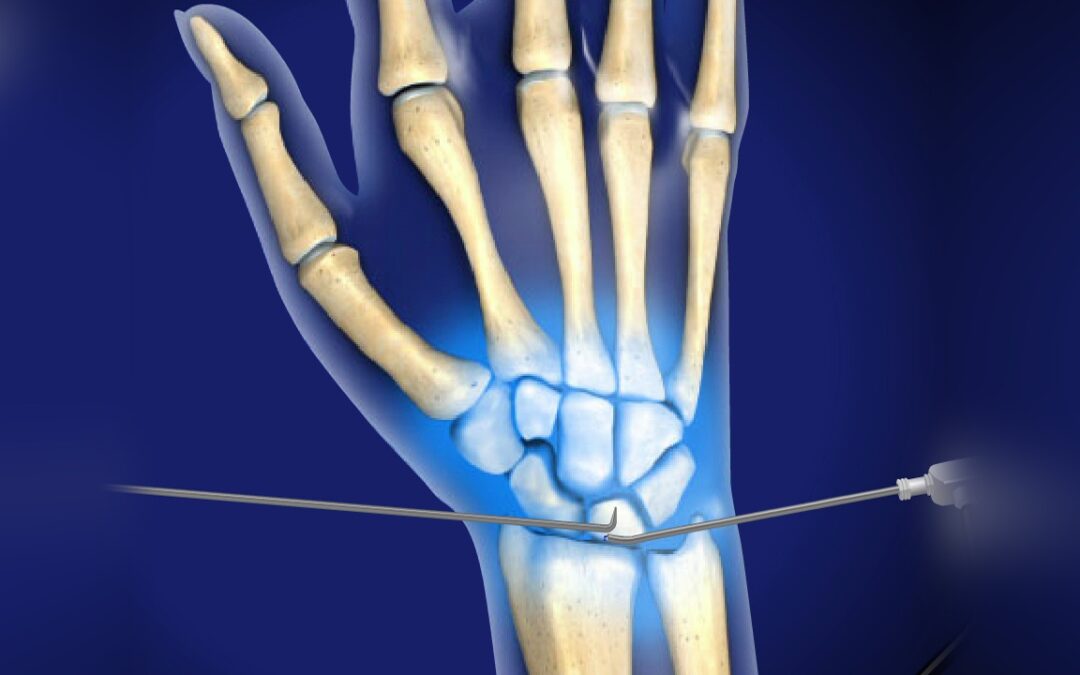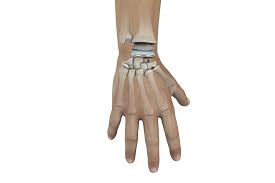Mini-Facelift
A mini-facelift, also known as a limited incision facelift, is a surgical procedure that can be used to improve the appearance of the face by lifting and tightening the skin and SMAS (superficial musculoaponeurotic system), and by reducing wrinkles and sagging. It is a less invasive procedure than a full facelift, and it can be a good option for people who are looking for a more subtle improvement in the appearance of their face.
Who is a good candidate for a mini-facelift?
A mini-facelift is a good option for people who are unhappy with the appearance of their face due to aging, sun damage, or weight loss. It is also a good option for people who have mild to moderate sagging skin and wrinkles on their face.
What are the risks of a mini-facelift?
All surgery carries some risks, including:
- Bleeding
- Infection
- Numbness or tingling in the skin
- Scarring
- Complications from anesthesia
What happens during a mini-facelift?
A mini-facelift is usually performed under local anaesthesia with sedation or general anaesthesia. Provided you are suitable for the procedure, it will involve making incisions in the front of your ears which may extend around the back of the ears as well. The skin and SMAS will then be lifted and tightened, and any excess skin will be removed. The incisions will then be stitched closed.
How long does a mini-facelift take?
A mini-facelift typically takes 1-2 hours and you can go home the same day. In certain cases, you may need to stay in hospital for 1-2 nights.
What is the recovery time for a mini-facelift?
The recovery time for a mini-facelift is typically 1-2 weeks. You will need to wear a compression garment for 2 weeks after surgery. You will also need to avoid strenuous activity for 2 weeks.
What are the results of a mini-facelift?
A mini-facelift can produce dramatic results, giving you a more youthful and refreshed appearance. However, it is important to remember that no surgery is perfect, and there will always be some scarring.
Here are some additional tips for patients considering a mini-facelift:
- Be realistic about your expectations. A mini-facelift cannot completely erase the effects of aging.
- Choose a board-certified plastic surgeon with experience in mini-facelifts.
- Ask your surgeon about their aftercare plan.
- Be prepared for a lengthy recovery period.
- Be patient with your results. It can take up to a year for your face to fully heal.
Here are some frequently asked questions about mini-facelifts:
- What is the difference between a mini-facelift and a standard facelift? Mini facelift is more of a marketing term than a medical term. The thought process is that a mini facelift results in less down time as it is less invasive than a standard facelift. In reality, not everyone is suitable for a mini facelift and it may be that one may need a procedure that is slightly more invasive depending on their circumstances and goals. In short however, a mini-facelift is a less invasive procedure than a facelift. A mini-facelift may involve a smaller incision and less dissection of the SMAS layer underneath the skin to produce lifting and tightening of the lower face, while a full facelift involves more invasive dissection of the SMAS layer to produce significantly more lifting and tightening of the entire face.













